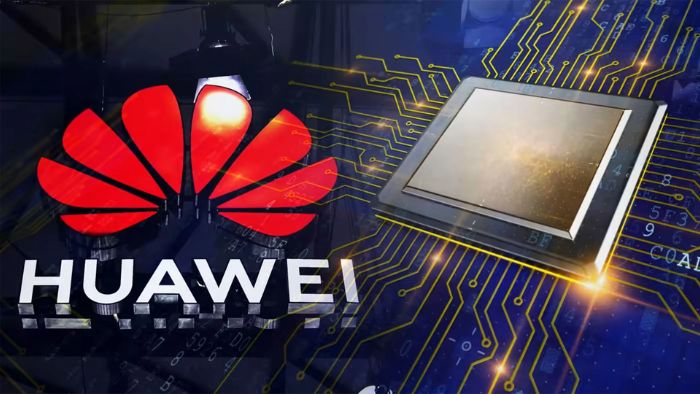Exploring Huawei’s cutting-edge advancement in the next-generation Taishan core development unveils a significant stride towards revolutionizing the chipset technology market. The emergence of Huawei Taishan core development brings forth a profound impact on performance, efficiency, and the competitive landscape of the semiconductor industry. This article delves into the intricate details of Huawei’s technological breakthrough, shedding light on its potential market influence and the challenges it poses to existing players in the chipset technology market.
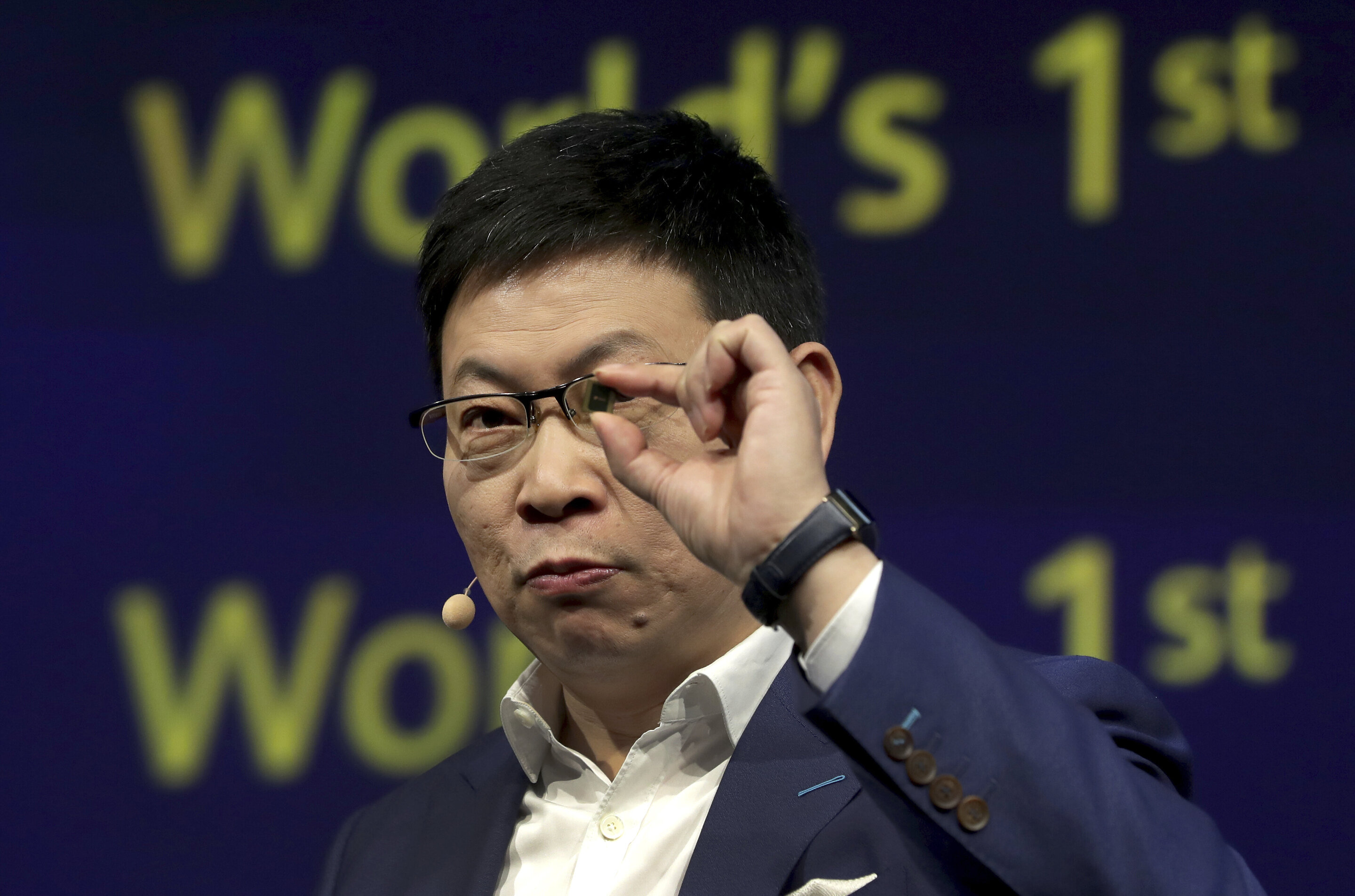
Development of Taishan Core
Huawei’s dedication to innovation within chipset technology is evident through the ongoing development of the next-generation Taishan core. This advancement seeks to elevate both performance and power efficiency standards, presenting a promising evolution from the existing Kirin 9000 core. The emphasis on enhancing power efficiency in the Taishan core underscores Huawei’s strategic push towards pioneering future chipsets with optimized energy consumption.
Efforts invested in the development of the Taishan core highlight Huawei’s commitment to pushing the boundaries of chip technology. By prioritizing power efficiency, Huawei signals a progressive approach towards designing chipsets that not only deliver exceptional performance but also prioritize sustainability and longevity. The focus on power efficiency in the Taishan core not only showcases Huawei’s technical prowess but also signifies a noteworthy milestone in the company’s trajectory within the chipset market.
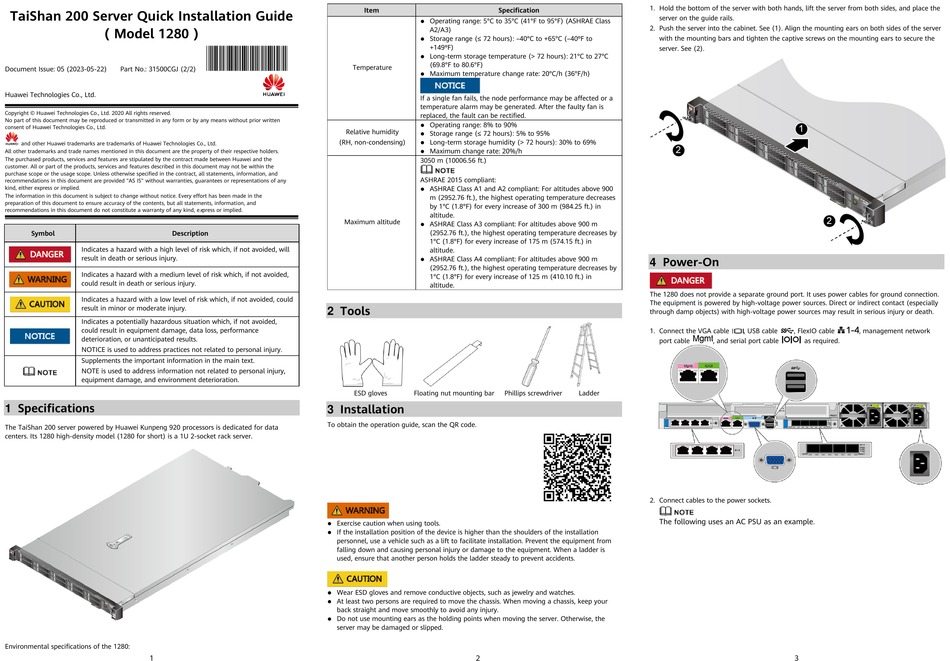
Performance and Efficiency of Taishan Core
The Huawei Taishan core development marks a significant leap in performance efficiency. Surpassing Kirin 9000s, the new core combines superior performance with remarkably low power consumption comparable to Apple’s small cores. This achievement positions Huawei as a formidable player in the chipset technology market.
In a recent single-core Geekbench 5 test, the Taishan core showcased exceptional prowess by scoring an impressive 350 points, outshining the Kirin 9000s’ 200 points. This remarkable performance underscores Huawei’s commitment to innovation and sets a new benchmark in the industry. The Taishan core’s efficiency and speed are poised to impact the landscape of chip technology significantly.
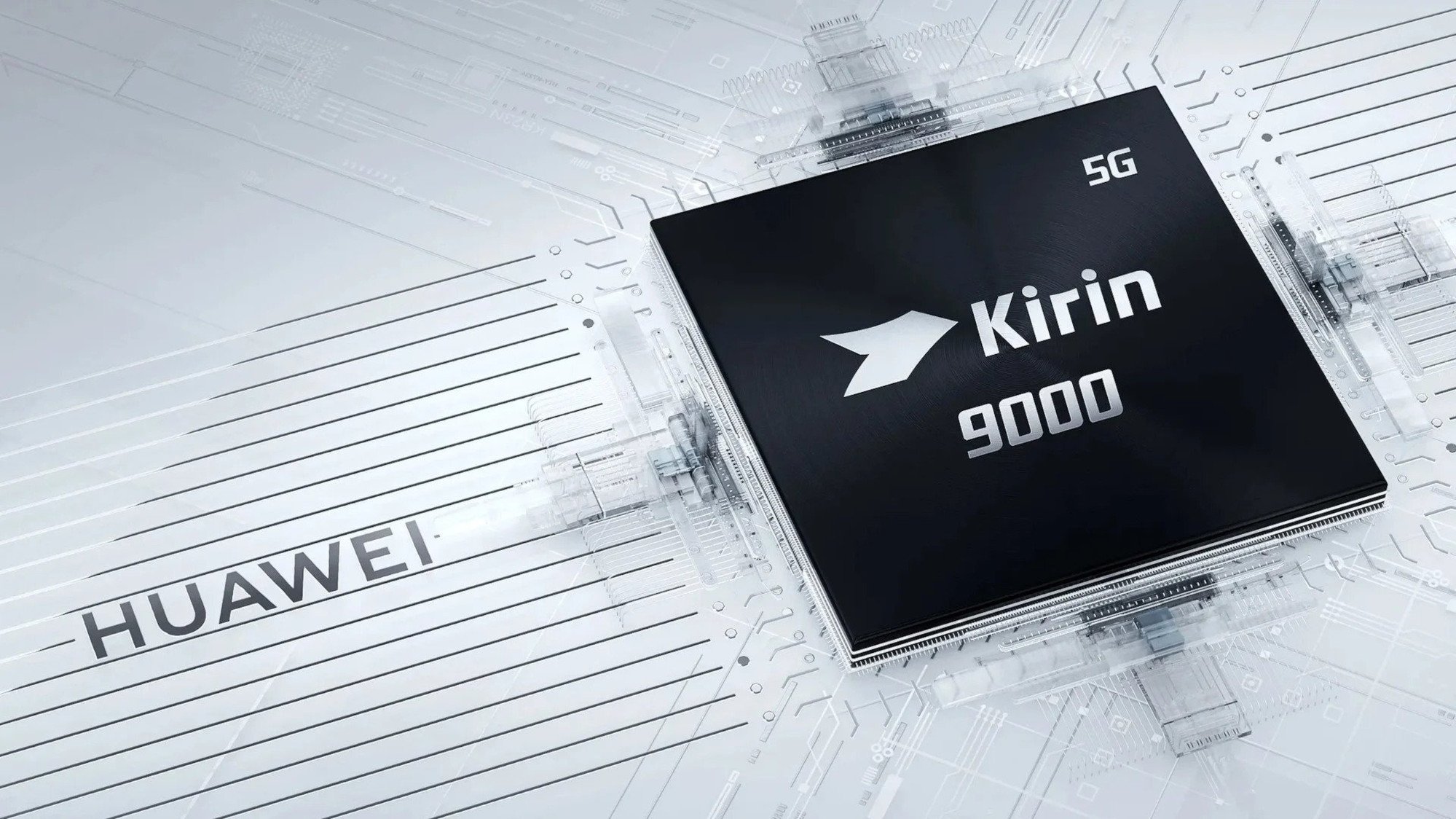
Potential Market Impact
The Huawei Taishan core development, particularly the rumored Kirin PC chip with Taishan V130 architecture, signifies Huawei’s strategic move to enter the PC market and directly compete with industry leaders like Apple’s M3 chipset. This advancement hints at Huawei’s ambition to diversify its product offerings beyond smartphones, potentially disrupting the traditional PC chipset landscape.
Moreover, the anticipation of the new Taishan CPU architecture making its debut in the upcoming Mate 70 series, boasting a potent 5nm chipset, promises heightened performance capabilities. This development could establish Huawei as a key player in the high-performance chipset market segment, challenging existing market dominants and setting new benchmarks for power efficiency and computing prowess.
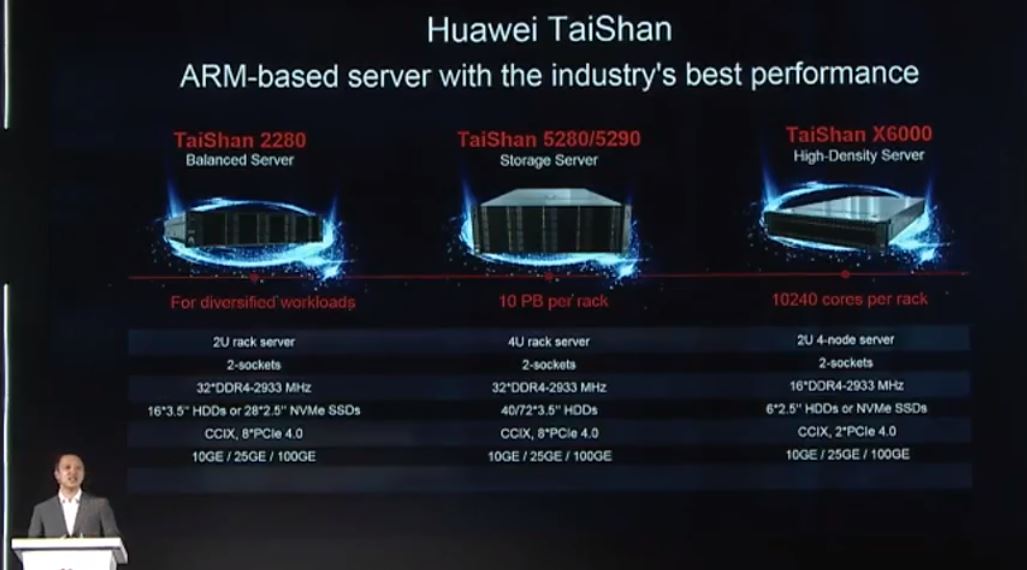
Industry Speculations and Challenges
Huawei’s Taishan core development is sparking industry debates with rumors suggesting a potential leap in CPU performance beyond the Kirin 9000 series. This advancement could reshape Huawei’s chip reputation significantly, challenging established norms in the chipset technology market.
The shift from refining 7nm chips to venturing into new technology realms signifies Huawei’s ambition with the Taishan core development. This strategic move reflects Huawei’s determination to break through technological barriers and potentially disrupt the existing chipset landscape with innovative solutions.
However, the looming challenge arises from US sanctions impeding Huawei’s access to cutting-edge chip manufacturing equipment. This limitation could hinder Huawei’s capability to stay at the forefront of technological advancements, raising uncertainties about its competitive edge in the global chipset market.

Future Expectations and Uncertainty
Despite the excitement around Huawei Taishan core development, Huawei has not yet officially confirmed the swirling rumors about its latest chipset. This lack of confirmation leaves the tech community in anticipation, eagerly waiting for concrete details to emerge.
The uncertainty surrounding the rumored Taishan core development creates a sense of intrigue in the chip technology market. With no clear official statement from Huawei, the future implications of this potential advancement remain uncertain. Tech enthusiasts and industry professionals await further insights to gauge the impact on the chipset landscape.
